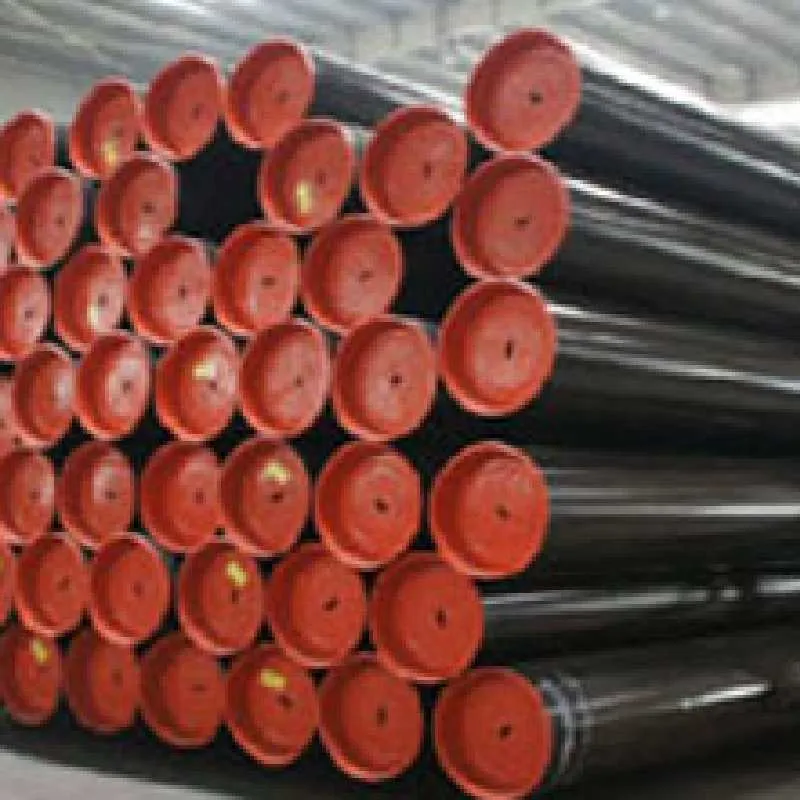-
Cangzhou Yulong Steel Co., Ltd.
-
Phone:
+86 13303177267 -
Email:
admin@ylsteelfittings.com
- English
- Arabic
- Italian
- Spanish
- Portuguese
- German
- kazakh
- Persian
- Greek
- French
- Russian
- Polish
- Thai
- Indonesian
- Vietnamese
- Zulu
- Korean
- Uzbek
- Hindi
- Serbian
- Malay
- Ukrainian
- Gujarati
- Haitian Creole
- hausa
- hawaiian
- Hebrew
- Miao
- Hungarian
- Icelandic
- igbo
- irish
- Japanese
- Javanese
- Kannada
- Khmer
- Rwandese
- Afrikaans
- Albanian
- Amharic
- Armenian
- Azerbaijani
- Basque
- Belarusian
- Bengali
- Bosnian
- Bulgarian
- Catalan
- Cebuano
- China
- China (Taiwan)
- Corsican
- Croatian
- Czech
- Danish
- Esperanto
- Estonian
- Finnish
- Frisian
- Galician
- Georgian
- Kurdish
- Kyrgyz
- Lao
- Latin
- Latvian
- Lithuanian
- Luxembourgish
- Macedonian
- Malgashi
- Malayalam
- Maltese
- Maori
- Marathi
- Mongolian
- Myanmar
- Nepali
- Norwegian
- Norwegian
- Occitan
- Pashto
- Dutch
- Punjabi
- Romanian
- Samoan
- Scottish Gaelic
- Sesotho
- Shona
- Sindhi
- Sinhala
- Slovak
- Slovenian
- Somali
- Sundanese
- Swahili
- Swedish
- Tagalog
- Tajik
- Tamil
- Tatar
- Telugu
- Turkish
- Turkmen
- Urdu
- Uighur
- Welsh
- Bantu
- Yiddish
- Yoruba

Oct . 12, 2024 11:18 Back to list
Threaded Rod Couplings for Reliable Connections in Various Applications and Industries
Understanding All Thread Rod Couplings
All thread rod couplings are essential components widely utilized in construction, manufacturing, and various engineering applications. These couplings serve as a way to connect two lengths of threaded rod, enabling them to work together as a single, longer piece. This functionality is crucial in various scenarios where lengthy threaded rods are required, justifying the use of couplings to ensure stability and strength.
What is an All Thread Rod?
Before diving into all thread rod couplings, it's essential to understand what an all thread rod is. An all thread rod, sometimes known as a fully threaded rod, is a cylindrical metal rod that is uniformly threaded along its entire length. This unique design allows for versatility in different applications, as the threaded nature enables various attachments and connections using nuts, washers, and other hardware. These rods can be made from various materials, including steel, stainless steel, and even plastic, depending on the intended use and environmental conditions.
The Role of Couplings
All thread rod couplings are essentially short lengths of metal tubular sections that are internally threaded. The primary purpose of these couplings is to provide a seamless connection between two all thread rods. By screwing a coupling onto the ends of two rods, a continuous threaded path is established, allowing for enhanced load-bearing capabilities and structural integrity.
Applications
The applications of all thread rod couplings are vast and diverse. They are commonly used in
1. Construction In building structures, all thread rods are often used for tensioning and securing components. Couplings allow for longer spans and better load distribution by connecting multiple rods.
2. Manufacturing In industrial settings, threaded rods are utilized in machinery, assembly lines, and fixtures, where all thread rod couplings can help achieve the desired lengths and support necessary for various processes.
3. Maintenance and Repairs When existing rods fail or require extensions, couplings provide a quick and efficient method to restore or enhance load-bearing capabilities without replacing entire sections.
4. Furniture and Design In the world of furniture design, all thread rods and couplings can be used creatively to create custom pieces, adding both functionality and aesthetics.
Selecting the Right Coupling
all thread rod couplings

Choosing the right coupling for an all thread rod is critical to ensure safety and efficacy. Several factors must be considered
1. Material The coupling material should match the rod material to prevent corrosion and ensure compatibility. For example, if the rods are made from stainless steel, the couplings should also be stainless steel to ensure durability.
2. Coating In environments prone to corrosion, such as marine or chemical settings, selecting a coupling with an appropriate protective coating can extend its lifespan.
3. Thread Size Couplings must match the thread size of the rods they connect. This ensures a proper fit and maintains the load-carrying capability of the assembly.
4. Load Requirements Understanding the load that the coupled rods will bear is crucial in selecting couplings that can handle the stresses without failure.
Installation Tips
For optimal performance, proper installation of all thread rod couplings is vital. Here are some tips for installation
1. Clean the Threads Ensure the rod threads and inside the couplings are free from debris and rust. This guarantees a snug fit and reduces the chance of cross-threading.
2. Use Lubrication A light application of lubricant can help ease the installation of the coupling, making it easier to screw on without damaging the threads.
3. Tighten Correctly Following the manufacturer's specifications for torque settings is crucial. Over-tightening can lead to thread stripping, while under-tightening might result in a loose connection.
4. Inspect Regularly After installation, it is essential to routinely check the couplings for signs of wear and tear or any changes in load-bearing capacity.
Conclusion
All thread rod couplings play a pivotal role in various industries, contributing significantly to the functionality and safety of constructed environments. Understanding their design, applications, and proper usage not only ensures structural integrity but also enhances the efficiency of numerous projects. Selecting the right coupling and adhering to best installation practices can lead to long-lasting and reliable results.
Latest news
-
ANSI 150P SS304 SO FLANGE
NewsFeb.14,2025
-
ASTM A333GR6 STEEL PIPE
NewsJan.20,2025
-
ANSI B16.5 WELDING NECK FLANGE
NewsJan.15,2026
-
ANSI B16.5 SLIP-ON FLANGE
NewsApr.19,2024
-
SABS 1123 FLANGE
NewsJan.15,2025
-
DIN86044 PLATE FLANGE
NewsApr.19,2024
-
DIN2527 BLIND FLANGE
NewsApr.12,2024
-
JIS B2311 Butt-Welding Fittings LR/SR 45°/90° /180°Seamless/Weld
NewsApr.23,2024











